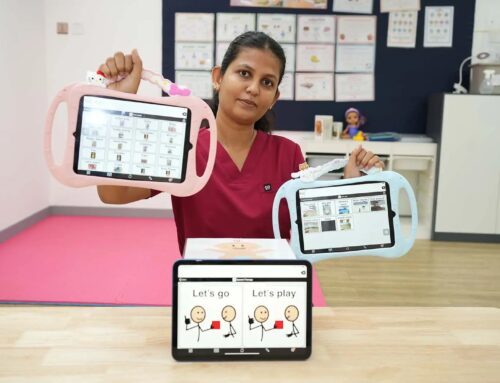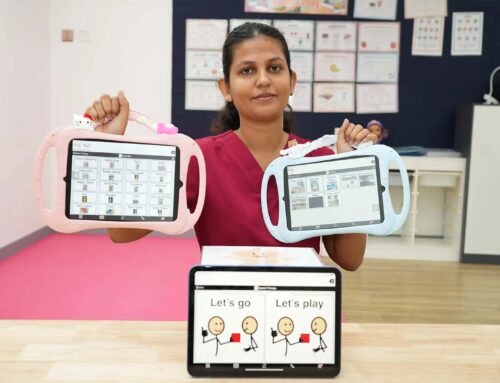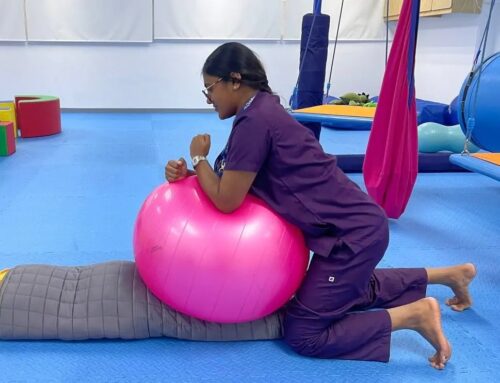Families in Phnom Penh often ask how to recognize stuttering early and what to do next. This Stuttering (Practical Guide) explains the early signs, the difference between indirect and direct therapy, and gives ready-to-use teacher scripts you can share with school. If concerns persist, OrbRom Center offers family-centered Speech Therapy and child-friendly Assessments to map a clear plan.
Early signs of stuttering (what to watch for)
-
Sound repetitions: “b-b-ball,” “m-m-mom.”
-
Prolongations: “ssssun.”
-
Blocks: mouth is ready but no sound comes out for a moment.
-
Tension or struggle: facial tightness, eye blinking, foot tapping.
-
Rising frustration/avoidance: switching words, saying “I forgot,” or avoiding speaking turns.
Age, frequency, and impact matter more than any one symptom. If your child is frustrated or participation drops at home or school, don’t wait. This overview of speech and language delay and our guide to speech-language disorders in children can help you compare signs.
Indirect vs. direct therapy: which comes first?
Indirect therapy modifies the environment to reduce pressure on speech. It’s often the first step for preschoolers or for mild, early-stage stuttering. Core moves:
-
Slow, relaxed adult speech models and turn-taking.
-
Short, simple questions (one at a time).
-
Predictable routines and patient listening—no finishing sentences.
-
Daily “special time” for 5–10 minutes of low-demand conversation.
Direct therapy teaches specific speech tools and desensitization strategies when stuttering is frequent, persistent, or distressing. Goals may include:
-
Easy starts and light contacts to reduce tension.
-
Cancellations/pull-outs for smoother corrections.
-
Confidence coaching for presentations and peer interactions.
Learn more background in our primer on Stuttering: causes & treatment types. If you’re unsure where to begin, a developmental assessment guide explains the decision points, and here’s why early intervention matters.
Teacher scripts you can copy and use
Share these with your child’s teacher or TA; consistent wording across home and school lowers pressure and models calm communication.
When a child blocks or repeats:
When peers interrupt:
When calling on the student:
During presentations:
-
“Practice with me first, then present with your partner.”
-
“You can use note cards or point to pictures while you talk.”
For broader classroom alignment, see our practical list of questions to ask your child’s speech therapist.
Getting help
If you notice several early signs—and your child feels frustrated—book a bilingual-aware evaluation. OrbRom’s team provides individualized Stuttering (Practical Guide) support through targeted Speech Therapy and step-by-step Assessments, coordinating goals with your child’s teacher so indirect and direct strategies work together.






